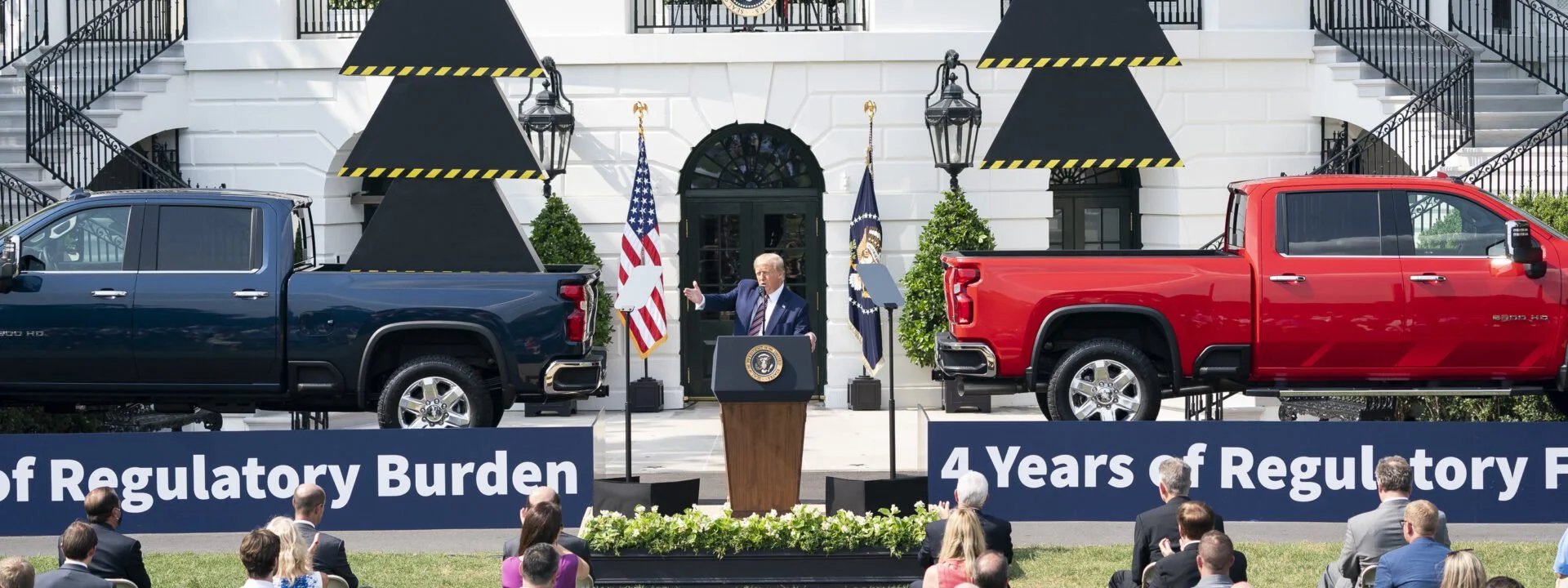What Democrats need to understand about the future of a post-Trump GOP By James Bruno
As leader of America’s surging right-wing populism, Donald Trump has devilishly and successfully exploited Americans’ frustrations with the wealth and opportunity disparities that plague the nation. But once he leaves the scene—whether or not he makes a 2024 run—will the movement he controls dissipate, or carry on under new leadership? The answer hinges on whether the polarized political class can overcome their differences and concretely address the underlying conditions feeding the anger and rage that undergirds Trumpism. Failure to do so could have dire consequences—not excluding civil violence, as we saw on January 6.
“Trump and Trumpism are here to stay,” the University of Texas lecturer Victoria DeFrancesco Soto told MSNBC’s Brian Williams last week. “He is growing in popularity among communities of color.” Worse yet, political scientists notice a disturbing trend: Republicans aren’t running away from the perverse brand of politics Trump unleashed; they are doubling down on it. “Over the next four years we believe the GOP will solidify the transition to a populist base,” write the University of Massachusetts professor Morgan Marietta and the American University professor David C. Barker. The movement, they add, will be led by opportunistic politicians in the model of Marco Rubio, Ted Cruz, and Josh Hawley. “Polished populism—Trump’s policies without his personality—may be the future of the GOP’s identity,” they write.
That means today’s Republican Party is transforming itself in preparation for a post-Trump world. It will move from a cult of personality to a cult of white nationalist grievance.
Photo from National Archives
Jay Ulfelder, a research fellow at Harvard’s Kennedy School who studies protest movements in the United States, told me he’s seeing right-wing rallies focus more on issues of white grievance—opposition to critical race theory, Black Lives Matter, and so on—than on Trump, the man. In fact, since Joe Biden’s inauguration, support for Trump has ranked sixth behind cultural war issues at right-wing rallies, according to Ulfelder’s research. Over the past four years, the top billing at such rallies was Trump himself.
Two Republican pollsters also see at least a modest drift away from Trump. The Trump campaign pollster Tony Fabrizio told The Wall Street Journal that die-hard Trumpers and QAnon conspiracists make up 36 percent of the current GOP; 11 percent are never-Trumpers; while more than half fall into the categories of “Trump boosters” and “post-Trump GOP.”
While the boosters hold only a slight preference for Trump in a hypothetical 2024 primary, those who have moved on would prefer to see someone else lead. The pollster Kristen Soltis Anderson told the Journal that a quarter of the Republicans she surveyed said they definitely or probably would vote for another candidate, and 43 percent regard themselves as supporters of the Republican Party over Trump personally. At the same time, a Harvard CAPS-Harris Poll last month still showed Trump as the strong front-runner in the GOP’s 2024 presidential nomination.
Either way, we are witnessing a dangerous trend toward militancy on the right. Trumpism is transforming right-wing populism into a more aggressive neofascist movement. The Department of Homeland Security warns that potential domestic right-wing violence constitutes “a national threat priority for the United States.” Dana Fisher, a University of Maryland sociologist, told The New York Times that MAGA activists are foregoing traditional democratic means of seeking change: “This is more like intimidating your elected officials by packing assault rifles.”
If this drumbeat toward violence continues, and societal changes are not made, who is to say that America won’t slide into chaos and civil strife similar to Weimar Germany? “I think this movement is, at its core, a reactionary defense of racial, gender-based, and religious privilege, and power,” Ulfelder told me. He said he views these trends as “the death throes of American racial—and, hopefully, religious and sexual—apartheid, a vicious phase we have to pass through to get to the better world on the other side.”
While some of the movement’s acolytes are irredeemable bigots who fear the diversification of the United States, the American left cannot neglect the societal ills that fuel such a culture of resentment. To get to “the other side” Ulfelder describes, the country needs to make major changes that can alleviate the grievances that drive many people to MAGA and QAnon.
Photo from National Archives
The 25 richest Americans pay a federal tax rate of only 3.4 percent, according to a June ProPublica report. By contrast, the median U.S. household pays 14 percent. In multiple years, Jeff Bezos, Warren Buffett, Elon Musk, George Soros, Warren Buffet, and other billionaires have paid zero federal income tax. This week, The Washington Post, drawing on the Pandora Papers, reported on how some of the world’s wealthiest people engage in complex offshore accounting schemes to avoid paying taxes—options not available to ordinary citizens. Last year, the headlines were filled with the college admissions scandal, with the rich and powerful illicitly buying their children entrance into prestigious colleges.
In a rare moment of evenhandedness, Tucker Carlson recently commented, “The main problem with America right now is that a shrinking group of people controls a growing share of our nation’s wealth and power . . . That makes our country unstable.”
It appears that many on both the left and the right agree that the yawning wealth and opportunity gap is bad for America. The richest keep getting richer as the working and middle classes have stagnated economically for more than four decades. That vast inequality has helped feed the rise of populism.
So what now? Passing President Biden’s ambitious legislative agenda addressing social and wealth disparities, infrastructure, and protecting voter rights is central to mitigating a menacing populism that is growing more toxic by the day.
Donald Trump will be 78 when the next presidential campaign season kicks into high gear. It is an open question as to how long he can reasonably expect to dominate Republican politics. Hovering in the wings to take his place are brazen younger opportunists like Cruz, Hawley, Rubio, Ron DeSantis, and Nikki Haley, who will jump at the chance to take the helm of the MAGA ship. And they have every reason to expect that the movement will continue post-Trump. That is, unless the Democrats can overcome their internecine differences and unite in bringing needed reforms to fruition. If they don’t, we can expect to have to keep fighting against the ravages of Trumpism, even after Trump himself is long gone.
James Bruno (@JamesLBruno) served as a diplomat with the U.S. State Department for 23 years and is currently a member of the Diplomatic Readiness Reserve. An author and journalist, Bruno has been featured on CNN, NBC’s Today Show, Fox News, Sirius XM Radio, The Washington Post, Christian Science Monitor, Huffington Post, and other national and international media.







